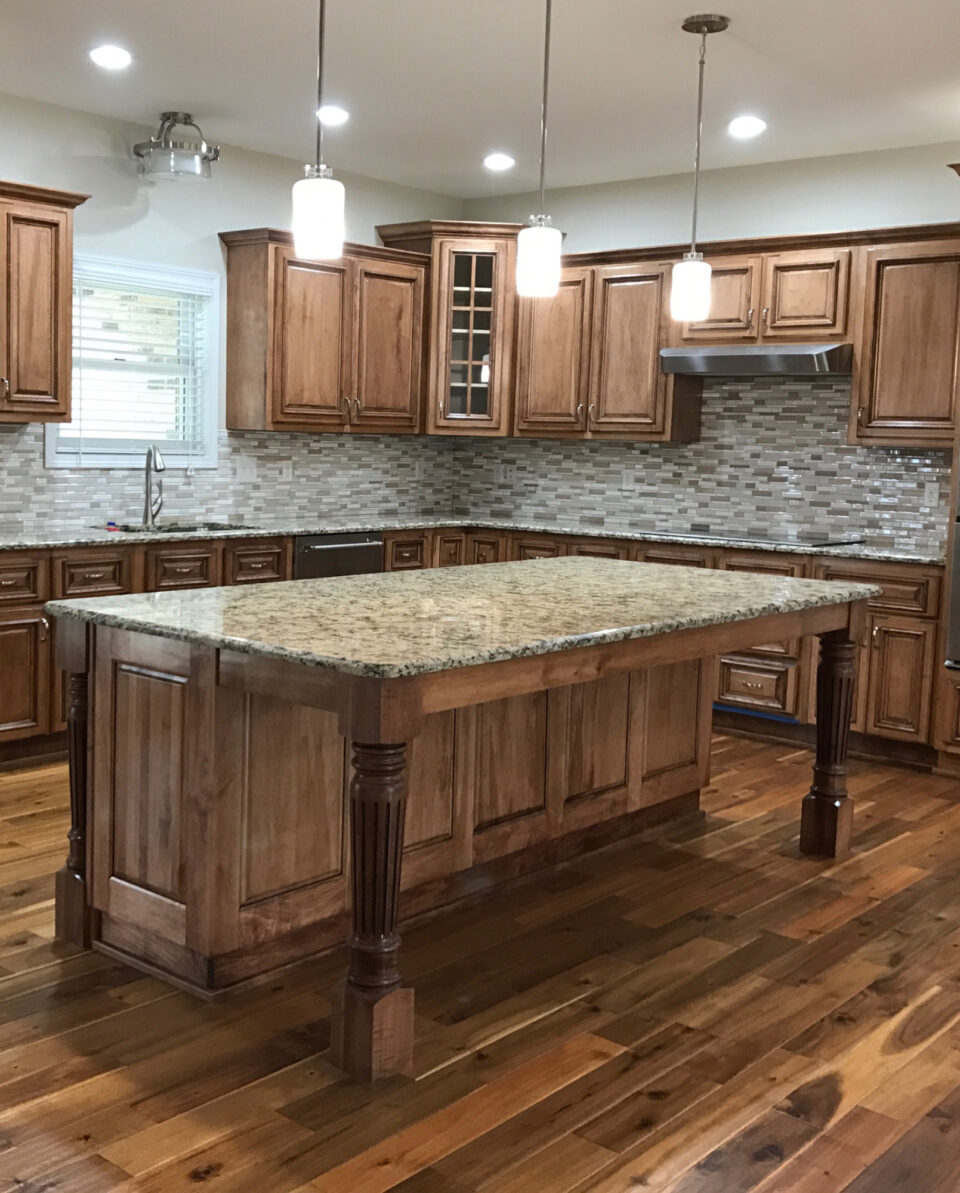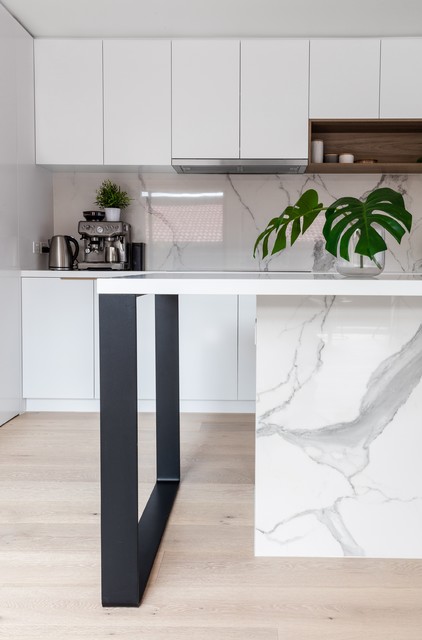A Comprehensive Overview to Picking the Right Kitchen Island Leg
A Comprehensive Overview to Picking the Right Kitchen Island Leg
Blog Article
Top Considerations When Selecting a Cooking Area Island Leg for Modern Cooking Area Insides
In the realm of modern kitchen insides, the option of a kitchen area island leg is pivotal, influencing both aesthetic appeals and functionality. Secret considerations include the selection of materials that integrate with modern style, as well as the leg's security and support to make certain long-lasting efficiency. Furthermore, height and percentages have to be thoughtfully reviewed to preserve a cohesive appearance. As these aspects link, they elevate better concerns about just how to achieve the ideal balance in between style and usefulness, leaving one to consider the implications of each choice on the overall kitchen area experience.
Product Choices
When it concerns choosing a kitchen island leg, product options play a vital duty in both appearances and functionality. kitchen island leg. The most common products consist of timber, steel, and composite choices, each offering potential disadvantages and distinctive advantages
Wood is favored for its heat and timeless allure, giving a classic appearance that complements numerous kitchen area styles. It is very flexible, enabling for customization in regards to shades and surfaces. Timber might call for even more upkeep to protect against warping or damages from dampness.
Steel, on the other hand, brings a commercial and contemporary panache to kitchen area islands. Stainless steel and wrought iron are prominent selections, understood for their sturdiness and resistance to put on. They can stand up to the rigors of day-to-day use but might do not have the heat related to timber.
Composite materials, such as engineered wood or artificial blends, provide an equilibrium between rate, durability, and aesthetics. These options are typically created to simulate the look of natural products while offering resistance to spills and scratches.
Eventually, the choice of product should line up with the general cooking area style and planned usage, making sure that the kitchen island leg is both aesthetically appealing and useful.
Design And Style
The design and style of a cooking area island leg dramatically add to the overall aesthetic of the area, complementing the selected material. When picking the leg design, consider the architectural design of the kitchen. Smooth, minimalist legs made of stainless steel or acrylic harmonize with modern styles, while ornate, transformed wood legs improve traditional or farmhouse visual appeals.
In addition, the coating of the leg can affect the visual impact; a sleek chrome or matte black coating may evoke modern-day elegance, while distressed timber talks with rustic charm. The leg's shape additionally plays a critical duty-- directly, angular forms communicate an even more commercial feel, whereas conical or curved legs present a softer, extra inviting look.
Incorporating decorative elements, such as decorations or carvings, can add personality and personality to the cooking area island, additional enhancing its duty as a centerpiece. Ultimately, the chosen leg style ought to not just straighten with the total kitchen area style but additionally reflect the property owner's personal preference, making sure that the cooking area island ends up being a unified and functional focal point within the modern kitchen area interior.
Elevation and Proportions
Attaining the appropriate elevation and percentages for a kitchen island leg is vital for both performance and looks. Cooking area islands usually vary in elevation from 28 to 36 inches, depending on their intended use-- whether as a cooking surface, dining location, or office. Standard counter top elevation is roughly 36 inches, making it crucial that the legs you pick enhance this height to offer a seamless, incorporated appearance.
Proportions additionally play a crucial function in the aesthetic balance of the cooking area. The dimension and weight of the leg ought to agree with the total style of the island - kitchen island leg. A slender leg may be proper for a contemporary or minimalistic island, while a more substantial leg might be needed for rustic or traditional designs. In addition, think about the spacing between the legs; ample distance guarantees convenience and convenience of motion around the island.
When choosing the elevation and proportions of the cooking area island leg, remember the total design theme of your kitchen. This attention to detail not just improves the capability of the area but additionally adds to a cohesive and visually appealing interior decoration.
Security and Assistance
Constantly making certain security and support in cooking area island legs is important for both security and capability. A well-constructed kitchen island must stand up to day-to-day usage, including weight from devices, cooking, and social gatherings. As a result, the this article choice of legs should prioritize robust materials and styles that can give ample support.
When assessing security, consider the leg's material-- steel, light weight aluminum, or hardwood commonly offer exceptional strength compared to lighter alternatives. In addition, the style should include a broad base to disperse weight uniformly you could try this out and decrease the danger of tipping or tottering. For example, legs created with an A-frame or cross-bracing can significantly boost security.

Incorporating these considerations will not just improve the total safety of the kitchen area yet also enhance the durability and functionality of the kitchen island, making it a beneficial focal point in modern-day kitchen interiors.
Ending Up Touches
When it involves completing a kitchen area island, thoughtful ending up touches can substantially improve both its visual charm and functionality. Choosing the ideal leg style is vital, yet enhancing it with proper details can transform the entire space. Consider adding attractive aspects such as toe kicks or baseboards that match the cabinetry or flooring to develop a seamless appearance.

A natural shade palette and material selection will certainly boost the kitchen area island, making it a fascinating focal point. By paying attention to these finishing touches, house owners can produce a cooking area island that is both gorgeous and functional, catering to their way of life and style preferences.
Verdict

In the world of modern kitchen area interiors, the selection of a kitchen area island leg is pivotal, affecting both aesthetics and capability.The style and design of a kitchen area island leg dramatically add to the total visual of the space, enhancing the picked product.Achieving the appropriate height and proportions for a cooking area island leg is critical for both capability and visual appeals.Continually ensuring stability and assistance in cooking area island legs is essential for both security and performance.In recap, selecting a kitchen area island leg for modern-day interiors needs cautious consideration of product choices, design style, elevation, proportions, and security.
Report this page